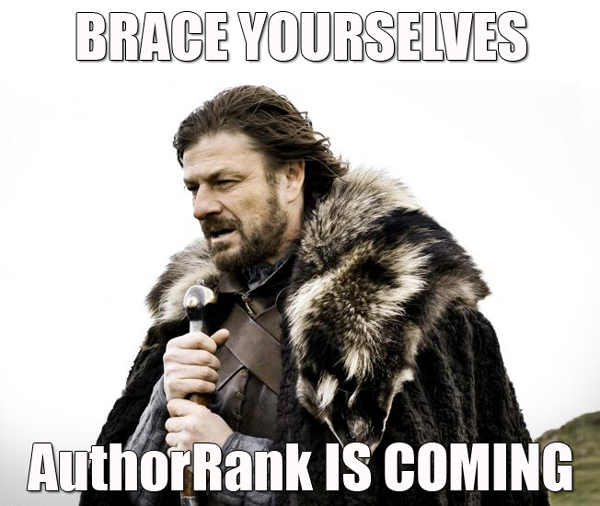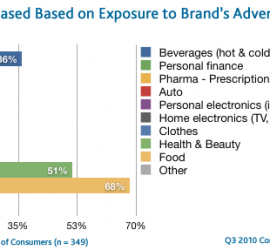
Nobody wants a website that reminds users of Geocities – not even if they’re selling nostalgia. Once every three to five years, you may want to take a close look at your website to decide whether an entire site redesign is in order. It’s a great chance to give your brand a fresh look, give your visitors a better experience, and in general make a lot of improvements you’ve been meaning to get around to.
A full-fledged site redesign, however, strikes fear in the heart of any SEO – and for good reason. Done poorly, a site redesign can cause you to lose rankings in Google in a hurry. Excellent positions that took months or even years to build can be gone in less than a month. If your web design company isn’t careful, they can do you more harm than good.
We’ve seen this time and time again here at That! Company. Here’s a short list of problems to avoid if you want to save your rankings.
1. Changing URLs. Believe it or not, as far as Google is concerned, “.asp,” “.aspx,” “.htm,” and “.html” endings all read as different URLs. That means if you move from a plain “.com” to something with any of those endings – or even from one ending to a slightly different one – your rankings will not follow. Even worse, if you didn’t make a proper redirection, Google just might ding you for having “duplicate content”!
2. Removing pages with content. Can you get rid of content that is not performing the way you hoped it would? Yes, if you must, but it’s far better to improve the content rather than take the page down entirely. Remember that content is king, and quality content is what Google wants to see. If you feel that you have some “thin” pages that need to go, perhaps you can consolidate them and redirect appropriately.
3. Using 302 instead of 301 redirects. A 302 redirect tells the search engine that content that used to be at “example.com” is temporarily at “example1.com.” Notice the word “temporarily.” Google has no way of knowing how long the content will be at “example1.com” before it is presumably moved back to “example.com;” it has no reason to trust that “example1.com” will still be there the next time it checks, so it’s not going to give that URL any credit for the content. Use 302s only when you’re truly moving something temporarily. Otherwise, use a 301 redirect, which tells Google that the content has been moved permanently.
4. Using a widget or platform that creates lots of excess pages. I’ve seen this associated most often with sites that feature search functions. Certain website platforms, such as Drupal, can cause this; so can certain shopping cart programs. Basically, every time someone does a search or creates a shopping cart, a new URL is created – and created in such a way that Google can crawl it. Before you know it, in Google’s eyes you have doubled or tripled the number of pages on your website, and all of the new pages are ridiculously thin on content.
5. Misusing robots.txt. Robots.txt is a simple protocol that allows you to explicitly tell various web robots, such as Bing’s and Google’s search engine spiders, where you do and don’t want them to go on your website. You usually don’t want to hide anything from the search engines. One exception is if it’s likely to cause confusion – as it might when you’re doing a site redesign. Then you might want to disallow robots from crawling your development site until you’re ready to take it live.
When you ARE ready to take it live, though, and have put any necessary redirection in place, you need to make sure that the search engine spiders are allowed to crawl the new site. I have seen companies lose all of their rankings after a site redesign and not understand why. We discovered that every single page of the site had a robots.txt file telling all web robots – including those coming from the search engines – not to crawl the page. You can’t get indexed, much less ranked, in the search engines if you won’t let them crawl your site!
This is only a partial list of items to watch out for if you want to preserve your search engine rankings through a site migration or redesign. Contact us here at That! Company; we can help you avert those SEO disasters, and many others, on the way to successfully building your business.
Written By: Terri Wells – SEO






























